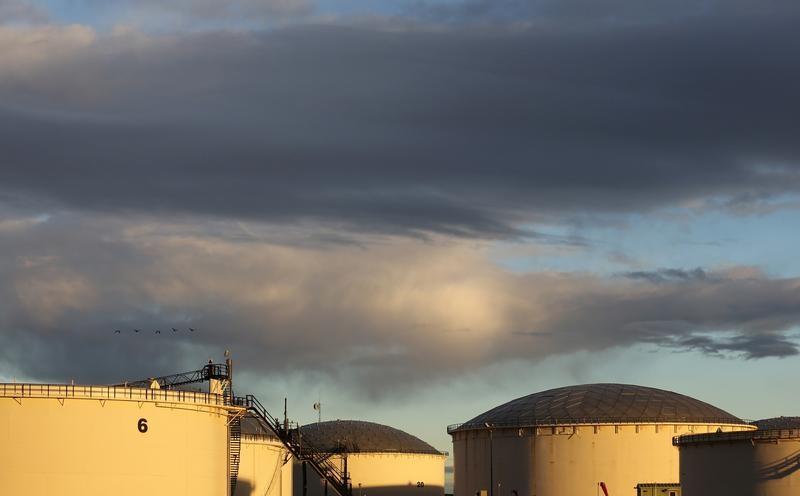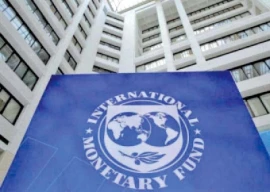
Experience shows changes in the number of rigs drilling for oil in the United States tends to follow changes in WTI prices with a lag of about 16 to 20 weeks.
The active rig count peaked in mid-August and then declined through September and October, in response to the earlier peak and fall in prices between February and mid-June.
Shale oil, gas exploitation: Experts suggest focus on environment, better incentives
But WTI prices hit a recent low around June 21 and have been on an upward trend for 22 weeks so it was expected the rig count would start to rise.
Right on time, the rig count has climbed from a low of 729 on Nov 3 to 747 on Nov 22, according to oilfield services company Baker Hughes.
Shale firms are adding rigs in response to a big increase in spot prices, which is improving their short-term cash flow, and a brightening outlook, which should make production more profitable over the next year.
First shipment of US natural gas to EU arrives
Front-month WTI futures prices have climbed by more than $16 per barrel or almost 40 per cent since their trough in late June.
Front-month prices are now above their previous peak in February and at the highest level in almost 31 months. The WTI calendar strip for 2018, the benchmark against which shale producers execute hedges for next year, has climbed by more than $11 per barrel to the highest level since the start of 2017.
The strip is now trading above $56 per barrel, high enough for most shale firms to ensure basic profitability in 2018.
The renewed rise in the US rig count underscores the delicate balance Saudi Arabia, Russia and other OPEC and non-OPEC oil exporters must strike this week at their meeting in Vienna.
Saudi Arabia and its allies have indicated they want to prolong their output cuts to reduce OECD commercial crude and products inventories nearer to their five-year average.
US offers to conduct, finance study on shale reserves in Pakistan
Saudi Arabia’s oil minister has said the rebalancing process is still unfinished and he wants a further decline in stocks. But the kingdom is also anxious to avert a spike in prices that would encourage a resumption of the shale drilling frenzy in late 2016/17.
For their part, shale company executives have promised they will be more disciplined in future and will prioritise increasing profits over production.
Beneath the cautious rhetoric, most companies are targeting increases in both profitability and production in 2018.
For all the talk about restraint, the US shale sector is already adding more drilling rigs in response to the rise in prices. In the oil market, as in most other circumstances, what matters is what people do, not what they say.
Talk about restraint is contradicted by actions that point to growth. If OPEC continues its output restraint and reduces stocks crude prices are likely to rise further in 2018, which will spur more drilling.
Given the strong growth in oil consumption, there is room for both shale producers and OPEC to increase production in 2018. But OPEC must be careful not to tighten the market too much or it risks slowing demand growth and revitalising shale, putting the organisation’s rebalancing strategy back to square one.

















COMMENTS (1)
Comments are moderated and generally will be posted if they are on-topic and not abusive.
For more information, please see our Comments FAQ